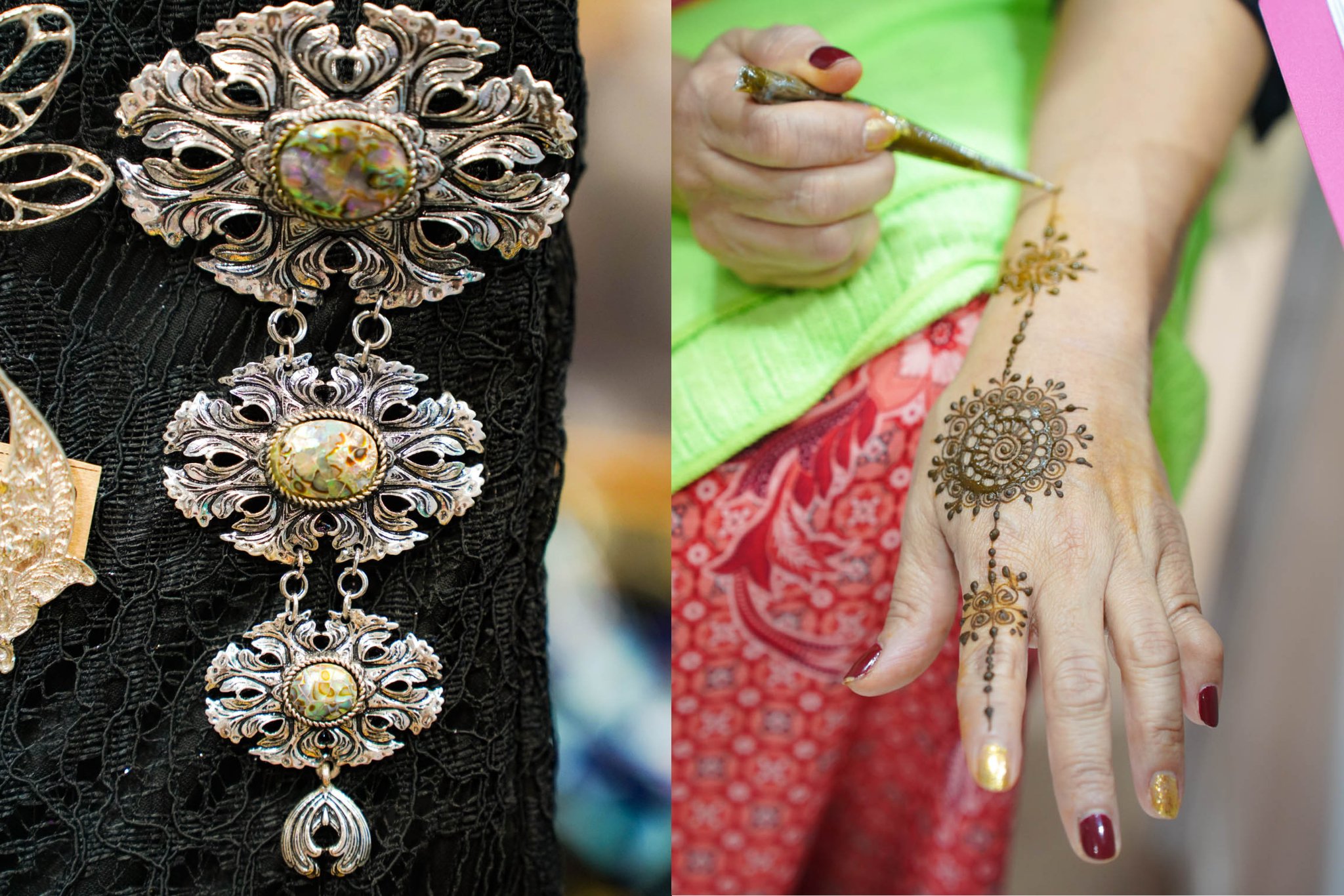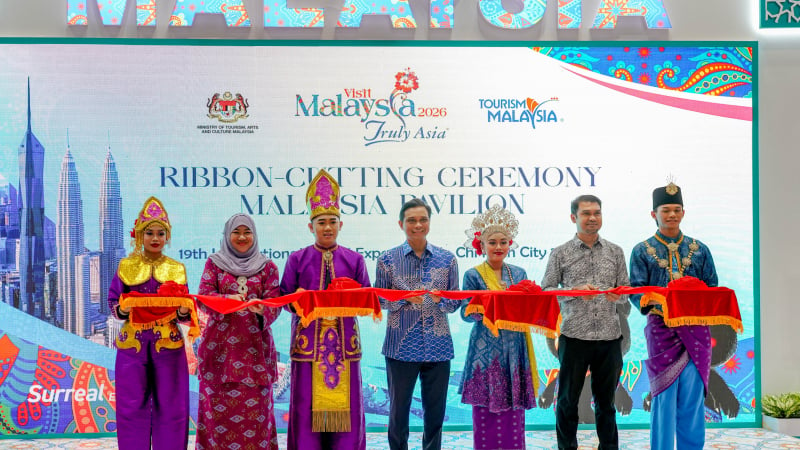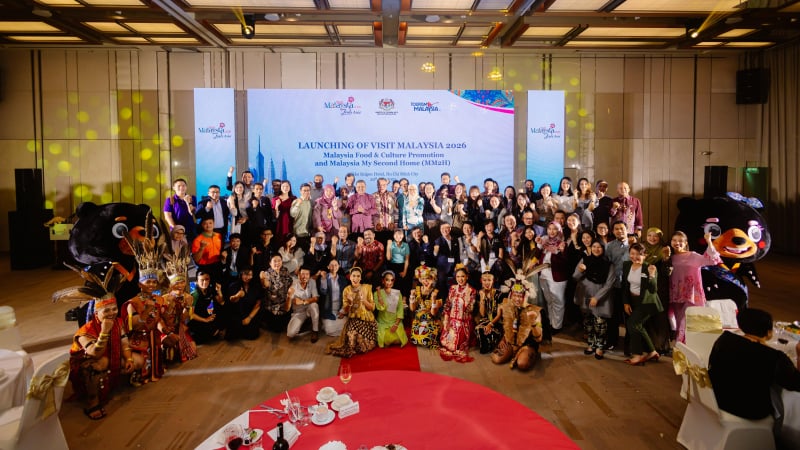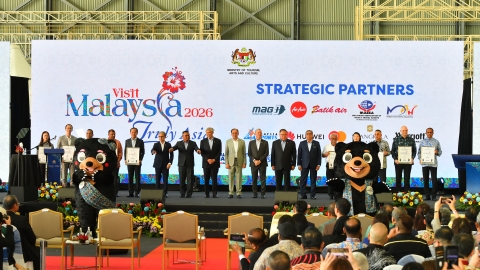Paulini Pewter - traditional handmade pewter jewelry
In the crowded stream of people attending the fair, many visitors stopped at a small booth displaying bracelets, earrings, and necklaces made of shiny pewter. Standing behind the display was Ms. Salini Binti Idris, an artisan who has been involved in the profession for more than 20 years and is the co-founder of the Paulini Pewter brand.
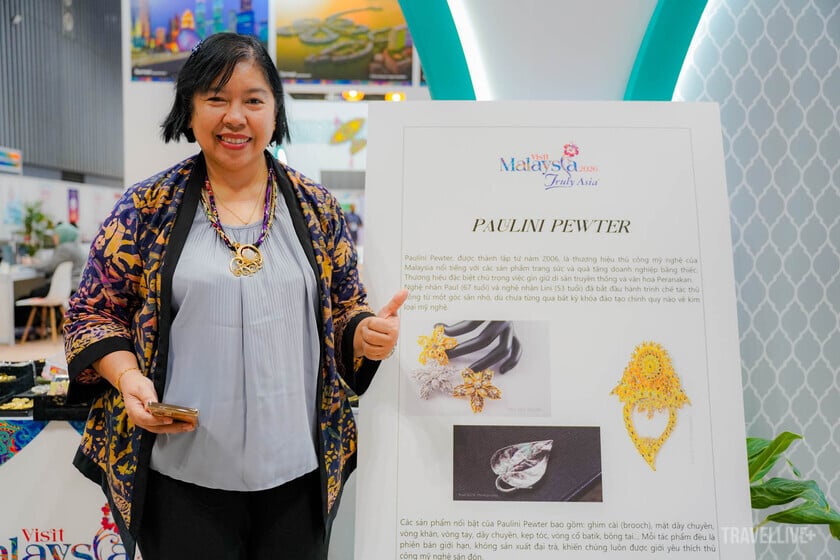
Ms. Salini Binti Idris, Malaysian pewter jewelry artisan attending ITE HCMC 2025
“Our passion for tin craft is boundless, starting from a humble backyard in 2006,” she says, her voice slow as if recalling a difficult time. Without formal training, she and her partner Paul KCK patiently learned the craft by observing, experimenting, failing and then trying again. From there, the first products were born: Tepak Sireh betel boxes, traditional belts or Kerongsang Tiga Serangkai pins for Kebaya costumes.
Success continued when in 2008, Paulini Pewter was chosen to represent Malaysia at the World Crafts Council in Hangzhou, China. “It was the proudest moment of our lives when we were honored by the Mayor of the city,” Ms. Salini recalls. Since that milestone, the brand has been continuously invited by Tourism Malaysia to attend many international events, carrying the mission of promoting culture through each piece of jewelry.

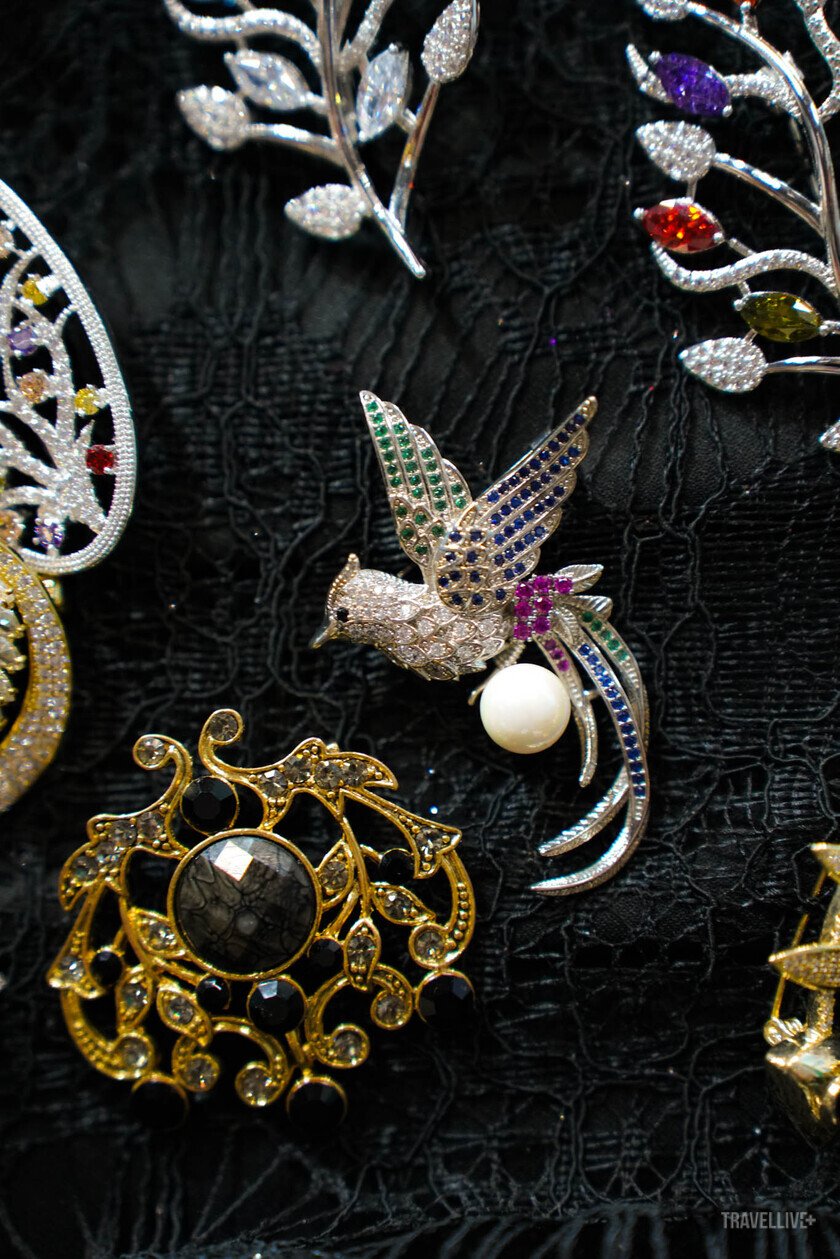


Paulini Pewter brand has represented Malaysia in many world events, fairs and exhibitions.
What makes Paulini Pewter special is that 80% of the process is handmade. The bracelets, earrings and necklaces are all handmade, with only a small part using machines. “I put my whole soul into each product, each design,” she said. Therefore, the brand does not choose the mass market path: it is not present in shopping malls, does not sell online, and does not even expand its distribution system. Buyers can only find it at the official store in Malaysia or at the trade fairs that Paulini Pewter attends such as ITE HCMC 2025.

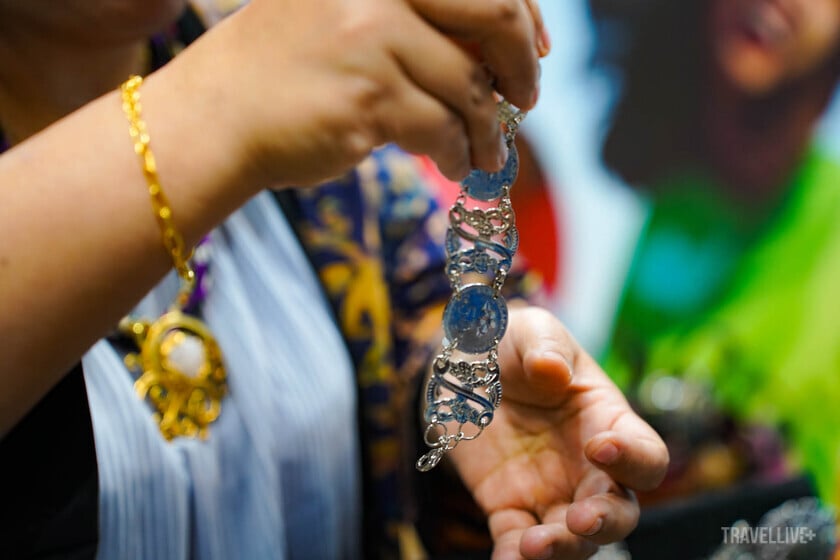

Paulini Pewter jewelry products are all handcrafted and not mass produced.
Each design is a cultural piece, inspired by nature: birds, flowers and the typical Batik fabric. In which, the intersection between three major cultures: Malaysia, China, India creates a unique feature that cannot be found anywhere else. “The price of a Paulini Pewter jewelry may be higher than the average, but the spiritual value and sustainability in every detail make it a work of art rather than a regular accessory,” Ms. Salini affirmed.
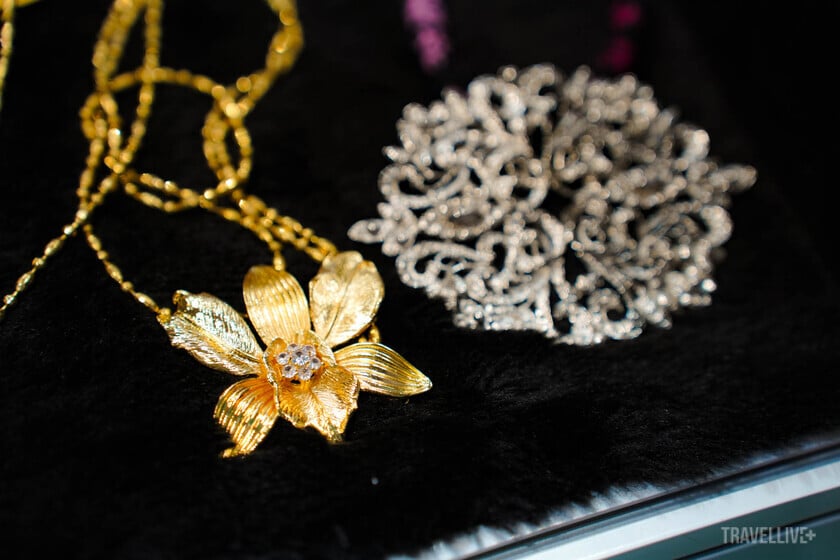

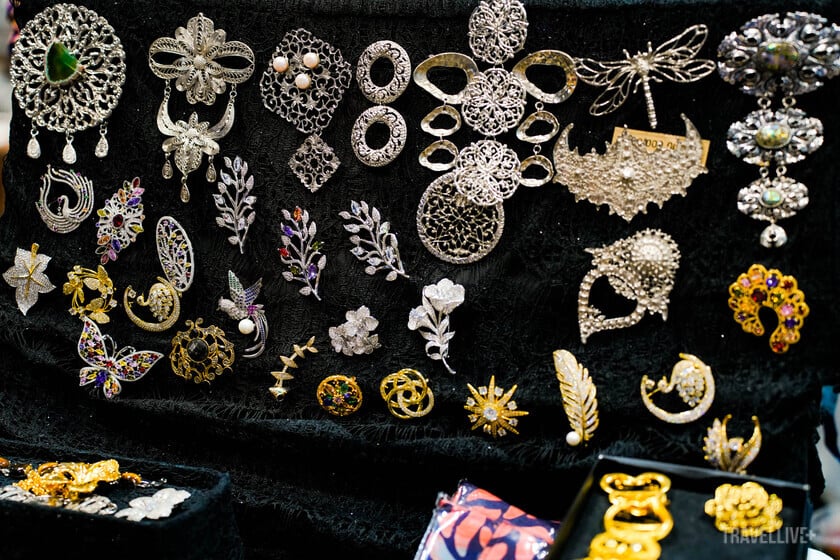
Inspired by nature, Paulini Pewter jewelry aims for spiritual values and sustainability.
Henna - lucky color painted on the skin
If the metallic shine brings a sense of luxury, then in the next corner of the booth, the red color of henna creates a different attraction. Artist Surin, with small paper tubes filled with henna powder, only takes a few minutes to draw delicate flowers on visitors' hands.

Ms. Surin - henna artist at the Malaysia booth at ITE HCMC 2025
Henna in Malaysia originated from the cultural exchange between the Malay and Indian communities. The henna “ink” is made from crushed leaves, mixed with oil and lemon juice, and then put into a cellophane tube. The artist cuts the tip and draws directly onto the skin, creating soft patterns. When the ink dries, the dye leaves a yellow color that gradually turns red naturally, the bright colors are symbols of luck and happiness.
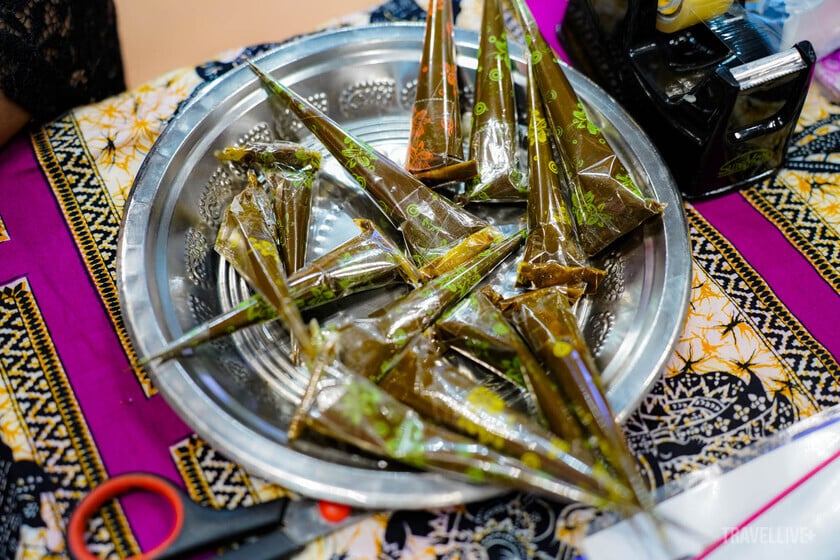
Special "ink" and "pen" for drawing henna
“Henna is often used in weddings or festivals. Malaysians believe that the red color of henna will bring joy and good luck,” Surin said as she quickly painted a young girl’s hand. In just five minutes, a winding flower appeared, like a spiritual gift for visitors.
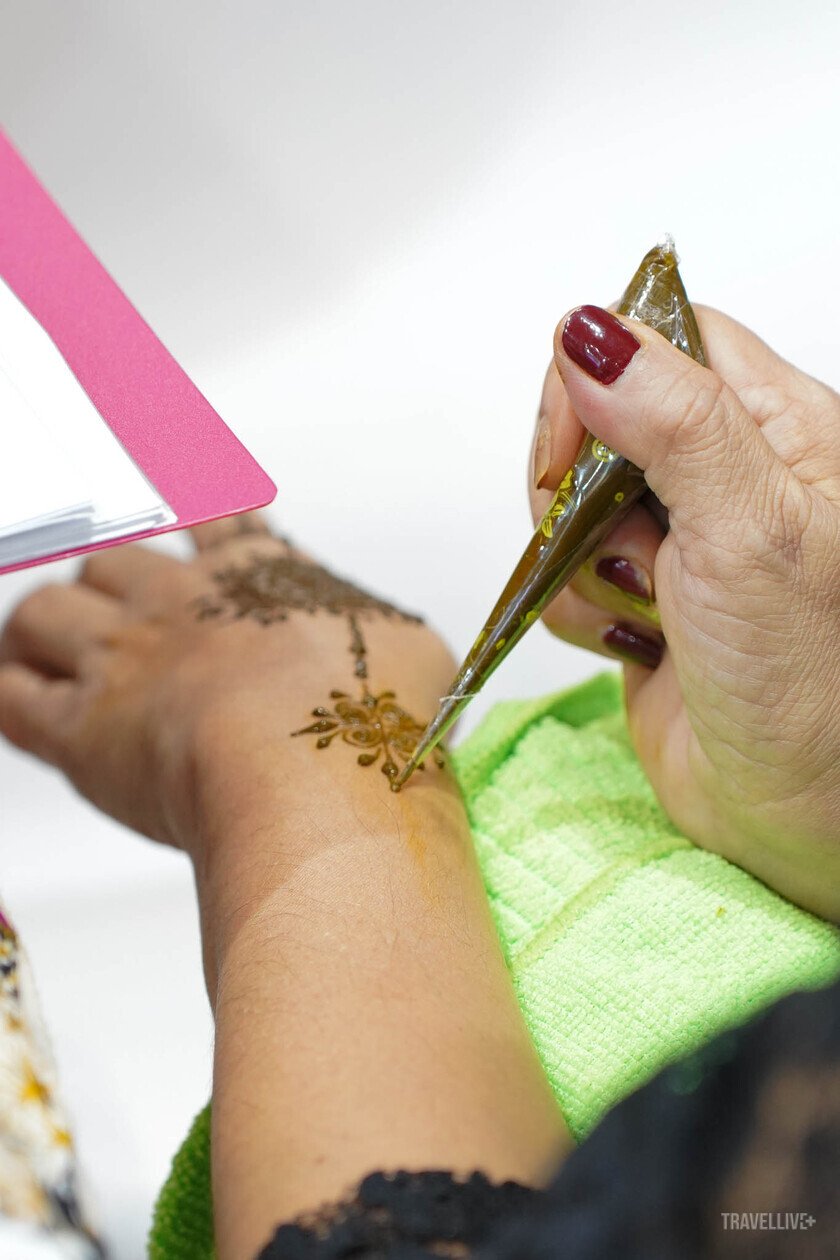

In Malaysian life, henna is more than just a drawing. It is a communal ritual. Before the wedding day, the malam berinai ceremony - henna night - takes place. The bride is painted with henna to the sounds of music, dance, and blessings. The drawings are considered amulets, warding off evil and welcoming good luck for the new life.
Henna is also present in many major festivals, where the vibrant colors on hands create a joyful atmosphere. Visitors to the Malaysian pavilion not only get to try it, but also learn more about the spiritual value that henna has brought to the people here for centuries.
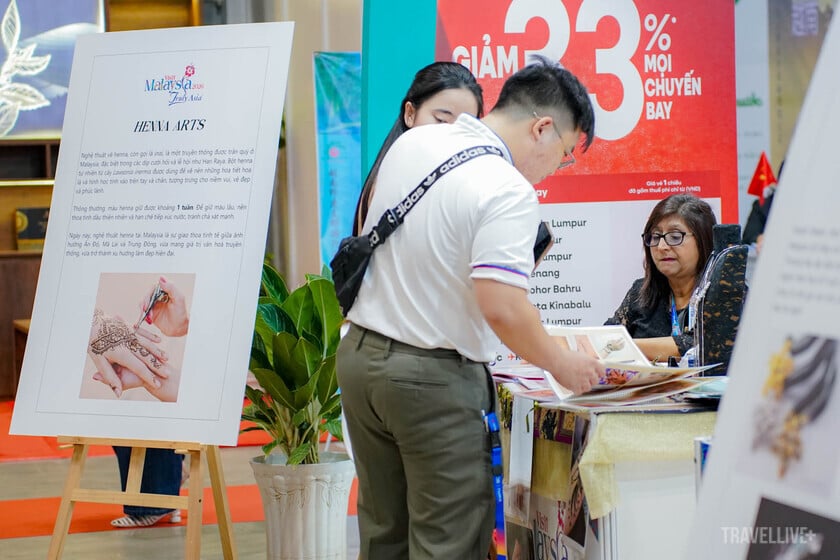
Visitors learn about henna painting at the Malaysia pavilion at ITE HCMC 2025
A miniature Malaysia in the heart of Saigon
With an exhibition area of 250 m², the Malaysia pavilion at ITE HCMC 2025 not only introduces tourism images, but also recreates a vibrant cultural space. From the sparkling light of pewter jewelry to the soft henna lines, everything seems to tell the same story of a multi-colored country where tradition and modernity always go hand in hand.
Salini puts her heart and soul into each piece of jewelry to preserve the 14th-century heritage, while Surin brings freshness through henna art - fleeting lines but with lasting meaning. Two artisans, two artistic languages, but they meet at the same point: the desire to bring Malaysian culture closer to international friends.

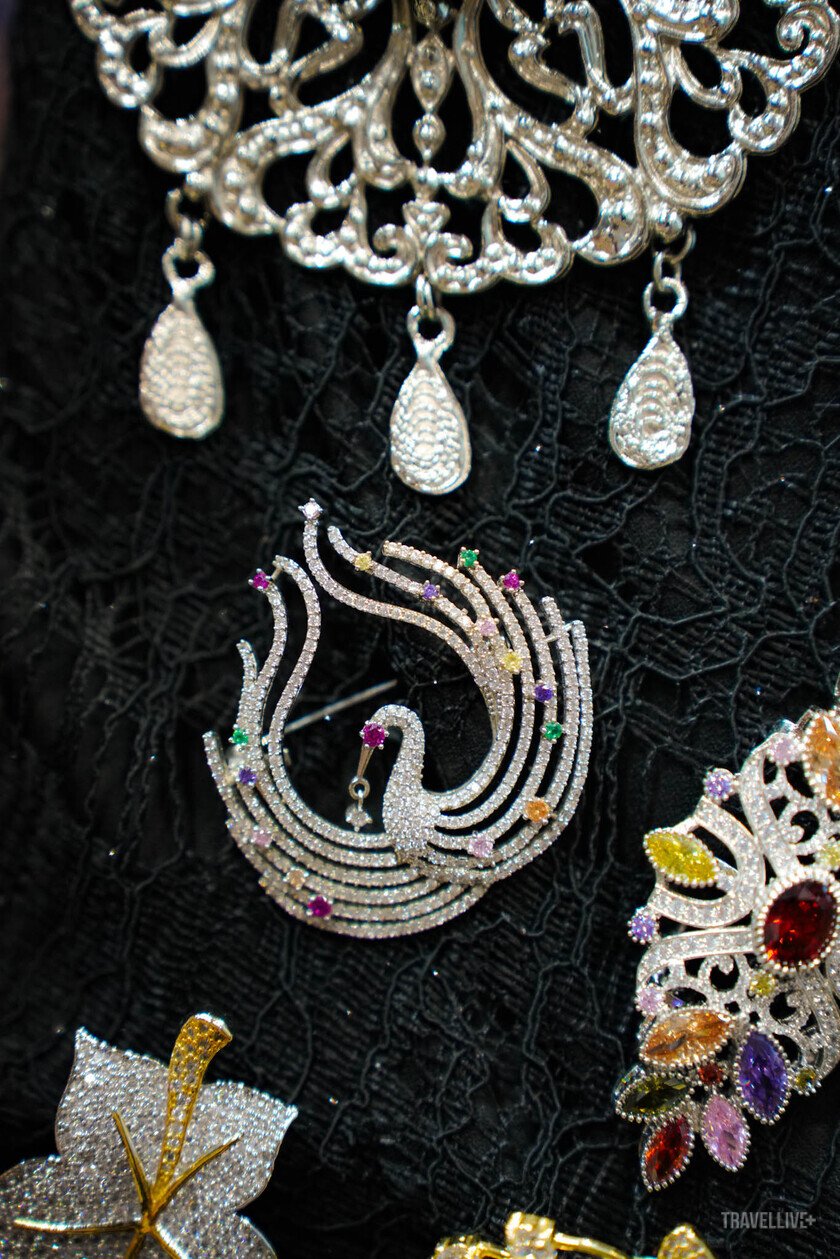
Standing in the bustling fair space, visitors can realize that what makes Malaysia attractive is not only the landscape or cuisine, but also the depth of culture distilled through the hands of artisans. And sometimes, just a tin bracelet or a bright red henna flower on the skin, we have carried a part of the soul of Malaysia.






